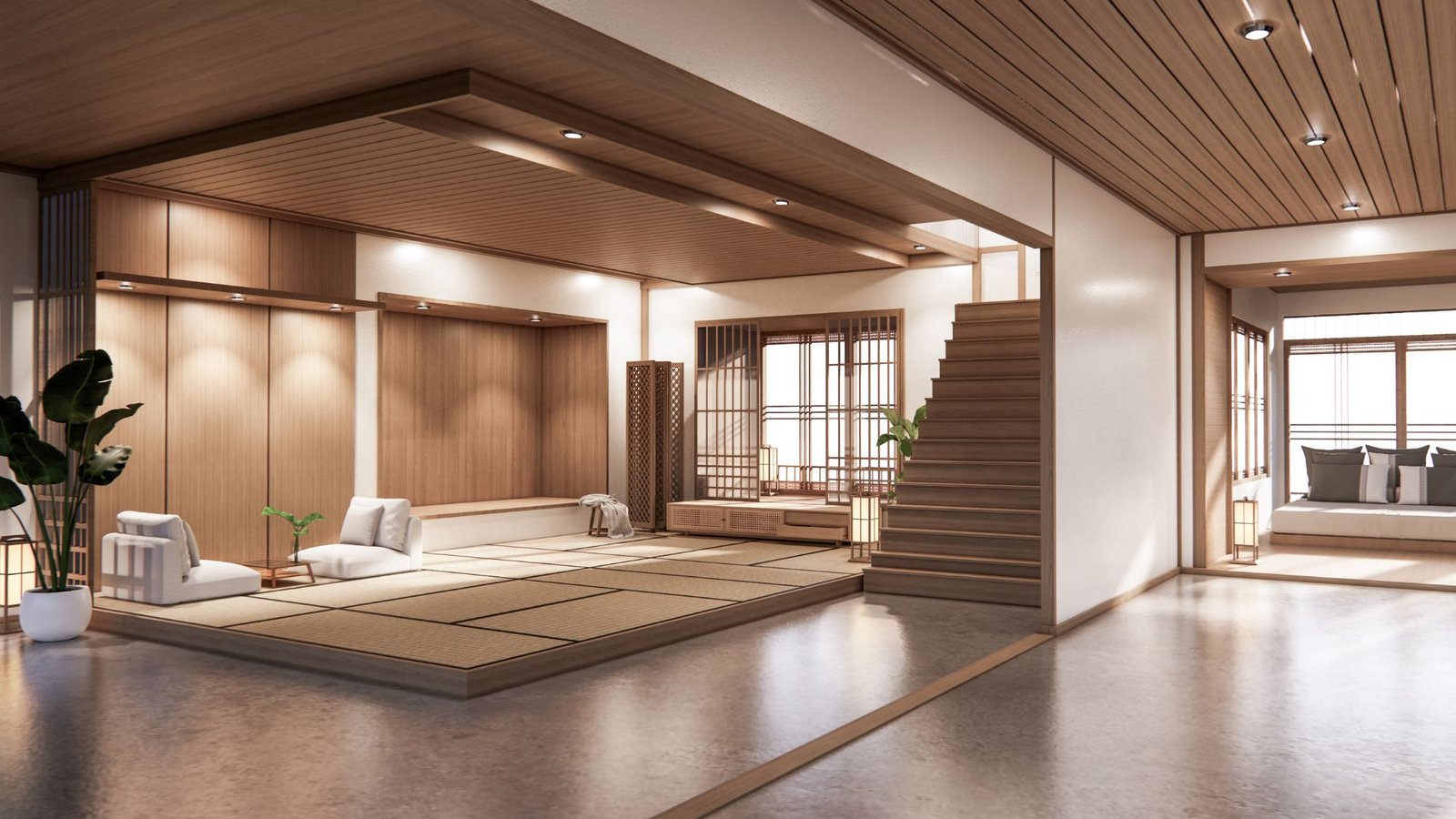
In the 21st century, as environmental consciousness continues to grow, sustainability has become a central theme in various aspects of our lives. Modern interior design is no exception. The shift towards sustainable interior design practices reflects a commitment to not only creating beautiful and functional spaces but also ensuring that these spaces have a positive impact on the planet and the well-being of their inhabitants. In this blog, we will explore the significance of sustainability in modern interior design and how it is shaping the way we approach the design of our living spaces.
Part 1: Environmental Responsibility
Sustainable interior design prioritizes environmental responsibility. This means reducing the negative environmental impacts associated with the design, construction, and maintenance of interior spaces. Key aspects include:
Material Selection: Sustainable design favors materials that are eco-friendly, non-toxic, and renewable. Recycled, reclaimed, or rapidly renewable materials are preferred over their less sustainable counterparts.
Energy Efficiency: Energy-efficient appliances, lighting, and HVAC systems are integrated into the design to reduce energy consumption and lower greenhouse gas emissions.
Waste Reduction: Minimizing construction and demolition waste through recycling and repurposing materials is a fundamental sustainability practice.
Part 2: Human Well-being
Sustainability in interior design also promotes human well-being. This involves creating spaces that enhance the health and comfort of occupants. Key aspects include:
Indoor Air Quality: Sustainable designs prioritize materials and finishes that do not emit harmful volatile organic compounds (VOCs) and other indoor pollutants, thus improving indoor air quality.
Natural Light and Ventilation: Maximizing natural light and providing proper ventilation not only reduces the need for artificial lighting and heating but also promotes mental and physical health.
Biophilic Design: Incorporating nature-inspired elements, such as indoor plants, natural textures, and views of green spaces, connects occupants with the natural world and enhances well-being.
Part 3: Longevity and Timelessness
Sustainable interior design emphasizes longevity and timelessness. This approach aims to create spaces that endure, reducing the need for frequent renovations and minimizing waste. Key aspects include:
Durable Materials: Choosing durable materials and finishes means less frequent replacement, reducing the environmental impact of production and disposal.
Classic Design: Opting for timeless design elements ensures that interiors remain stylish and functional for years to come, reducing the temptation to update based on trends.
Part 4: Ethical Considerations
Sustainable interior design also considers ethical factors. This involves understanding the social and ethical implications of design decisions. Key aspects include:
Fair Trade and Social Responsibility: Supporting fair trade practices and responsible sourcing of materials ensures that workers are treated ethically and paid fairly.
Local Sourcing: Choosing locally sourced materials and products reduces the carbon footprint associated with transportation and supports local economies.
Conclusion
Sustainability is no longer an optional feature in modern interior design; it is an imperative. It signifies a commitment to creating spaces that are not only aesthetically pleasing and functional but also environmentally responsible, conducive to human well-being, and ethically sound. As we continue to face environmental challenges, embracing sustainable interior design practices is a crucial step towards creating a better future for ourselves and the generations to come. It’s a design philosophy that harmonizes our living spaces with the planet, ensuring that beauty and responsibility coexist in the spaces we inhabit.